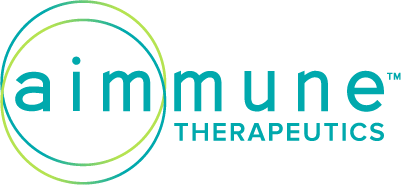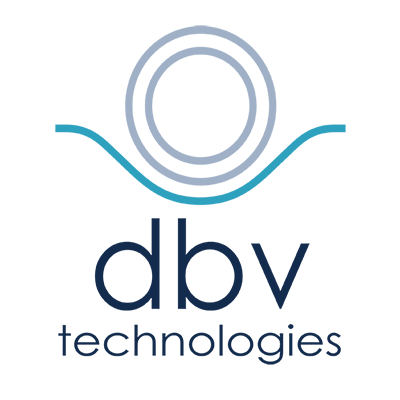
Early last December, we wrote about Aimmune Therapeutics’ Palforzia, the first treatment designed to desensitize young patients to potentially life-threatening allergic reactions that could occur with exposure to even miniscule amounts of peanuts. As expected, the FDA approved Palforzia in January for use in children age 4 to 17 with a confirmed peanut allergy diagnosis. Aimmune was on-track with its preparations for commercialization when the COVID-19 pandemic shut many things down, greatly slowing much of the company’s U.S. launch plans for Palforzia.
Despite the slowdown, the first commercial patients have started treatment with the new oral therapy. Those seeking to benefit from Palforzia must undertake a long commitment and frequent, multi-hour-long doctor visits as patients are required to ingest very small quantities of allergenic peanut proteins that are slowly increased every two weeks over a six month period, up to a maintenance dose of 300 mg (the equivalent of a single peanut). Each new dose level is given the first time under their doctor’s supervision and observation, in case of a serious allergic response.
While the initial clinical studies submitted for Palforzia’s approval spanned 12 months, recently released data from an open-label follow-on trial further supports the therapy’s effectiveness, showing that most patients continue to achieve greater desensitization, improved tolerability, and immunomodulation after 18- and 24-months treatment. Approximately 49% of those on treatment for 28 weeks and 81% of those on treatment for 56 weeks became able to tolerate 2000 mg of peanut protein, the equivalent of up to 12 peanuts. The frequency of adverse events progressively decreased for those patients continuing beyond one year of therapy, and no deaths or life-threatening adverse events were reported.

Aimmune had expected to fully undertake Palforzia’s U.S. launch on its own and address European markets with a partner once the treatment was approved – expected by year-end 2020. The search for a collaborator was underway. However, with the COVID-19 pandemic affecting their business and financial position, and delaying many plans, the company agreed to a $2 billion buy-out at the end of August by Nestlé, which already owned a 25.6% stake in Aimmune. Nestlé plans to merge Aimmune into an existing subsidiary, forming a standalone company under the Aimmune name in its health science unit. The company will continue developing Aimmune’s pipeline, which includes candidates for egg and other nut allergies, thus strengthening Nestlé’s allergy-related offerings. Palforzia will not be the first prescription medication to be marketed by Nestlé; the company’s health science unit encompasses several drugs for metabolic or digestion problems related to specific diseases such as cystic fibrosis.

At the time we wrote last December, Aimmune’s competitor DBVtech was not far behind, with FDA approval expected by year end 2020 for their Viaskin Peanut allergy patch designed for use by children ages 4 to 11. Viaskin Peanut is formulated to deliver small controlled amounts of peanut allergens through the skin to help desensitize the immune system and reduce allergic reactions. That approval is now delayed, perhaps significantly, as in early August, the FDA failed to approve Viaskin Peanut, saying the patch design needed to be modified for better site adhesion. The FDA has also asked DBVtech to conduct a new human factor study (a qualitative study focused on how people perform when using a device, aimed at uncovering the cause of any performance issues arising with its use) and to provide more information relating to the patch’s chemistry and manufacturing.
With the new data supporting Palforzia’s effectiveness, will sales of the allergy treatment succeed in commanding the estimated market $1.28 billion by 2024? Or will the required time commitment and frequent physician visits limit parents’ willingness to try the treatment despite the serious health risks posed by peanut allergies? And will the approach to therapy that is proving effective in this indication translate to the treatment of other serious allergies?